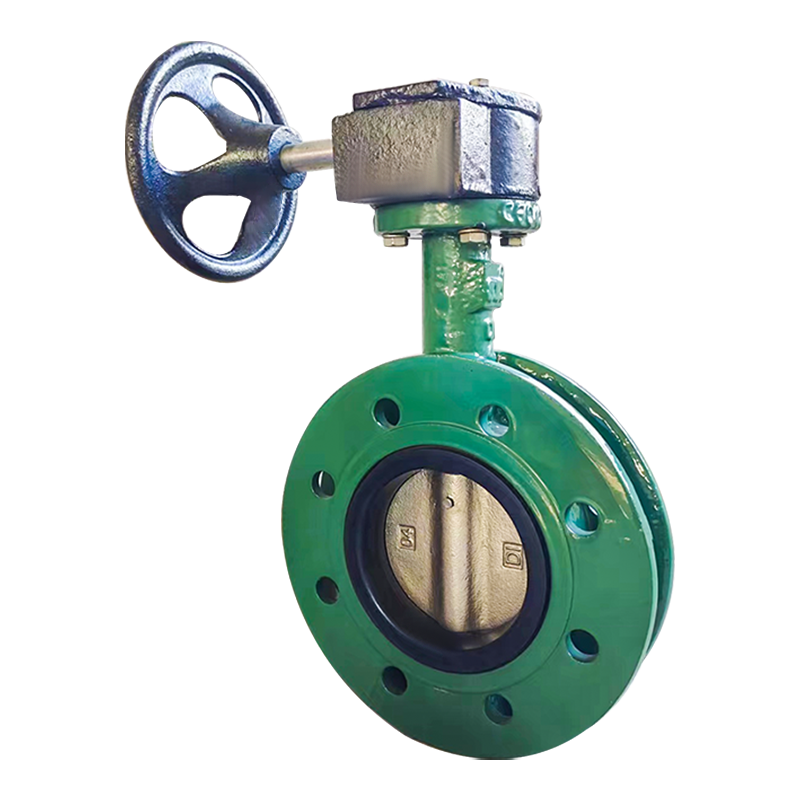
- Call Us
- +8618633052223
- njhdvlz@163.com
Sep . 14, 2024 18:47 Back to list
cryogenic check valve factories
Understanding Cryogenic Check Valve Factories
Cryogenic check valves are essential components in various industries where the handling of extremely low-temperature fluids is necessary. These valves ensure the safe and effective operation of systems that transport liquefied gases such as nitrogen, oxygen, and natural gas. In this article, we will explore the manufacturing processes and significance of cryogenic check valve factories.
What is a Cryogenic Check Valve?
A cryogenic check valve is specifically designed to allow fluid flow in one direction while preventing backflow, which is crucial in cryogenic applications. The design of these valves must withstand very low temperatures, typically below -150 degrees Celsius (-238 degrees Fahrenheit), without compromising their functionality. This requires the use of special materials that maintain performance under extreme conditions.
The Manufacturing Process
The production of cryogenic check valves involves several critical stages, each requiring precision engineering and specialized knowledge.
1. Material Selection The first step in manufacturing cryogenic check valves is selecting appropriate materials. Stainless steel, bronze, and various alloys are commonly used due to their resilience in cryogenic environments. Manufacturers often utilize materials that can withstand not only low temperatures but also corrosive gases.
2. Machining Once materials are chosen, they undergo various machining processes to create the components of the valve. This may include cutting, shaping, and milling to ensure that each piece meets strict dimensional tolerances.
cryogenic check valve factories

3. Assembly After machining, the components are assembled. This stage is crucial as proper alignment is necessary to ensure that the valve operates effectively. Specialized sealing technologies are often employed to prevent leaks, which is particularly important in cryogenic systems where even minor leaks can lead to significant losses.
4. Testing Rigorous testing is conducted to ensure that the valves function correctly under cryogenic conditions. Each valve is subjected to pressure testing and thermal cycling to simulate real-world operating environments. This ensures that they can reliably perform their function in the field.
5. Quality Control Quality assurance is a fundamental aspect of manufacturing cryogenic check valves. Factories implement comprehensive quality management systems to ensure every valve produced adheres to international standards and regulations.
Significance in the Industry
Cryogenic check valve factories play a vital role in the safety and efficiency of industries that rely on cryogenic processes. Industries such as aerospace, medical, and energy benefit significantly from these valves, as they enable the safe transport of liquefied gases used in various applications.
Furthermore, as the demand for renewable energy solutions grows, the role of cryogenic technology becomes increasingly important. For instance, in liquefied natural gas (LNG) facilities, cryogenic valves are indispensable for maintaining safe and efficient operations, thereby contributing to sustainable energy solutions.
Conclusion
In summary, cryogenic check valve factories are crucial in producing components that facilitate the efficient and safe handling of cryogenic fluids. Their importance in various industries cannot be overstated, as they ensure the reliability of critical systems that operate under extreme conditions. As technology advances and the need for cryogenic applications grows, the role of these factories will continue to evolve and expand.
-
Stainless Steel Sanitary Butterfly Valve for Hygienic Flow Control
NewsJul.30,2025
-
High-Performance Groove Butterfly Valve for Easy Installation
NewsJul.30,2025
-
High-Quality 2 Inch Butterfly Valve for Precise Flow Control
NewsJul.29,2025
-
Double Flanged Short Pattern Butterfly Valve for Reliable Flow Control
NewsJul.29,2025
-
High Quality Wafer Check Valve Factories – Reliable Manufacturer & Supplier
NewsJul.29,2025
-
Stainless Steel Sanitary Butterfly Valve for Hygienic Applications
NewsJul.28,2025